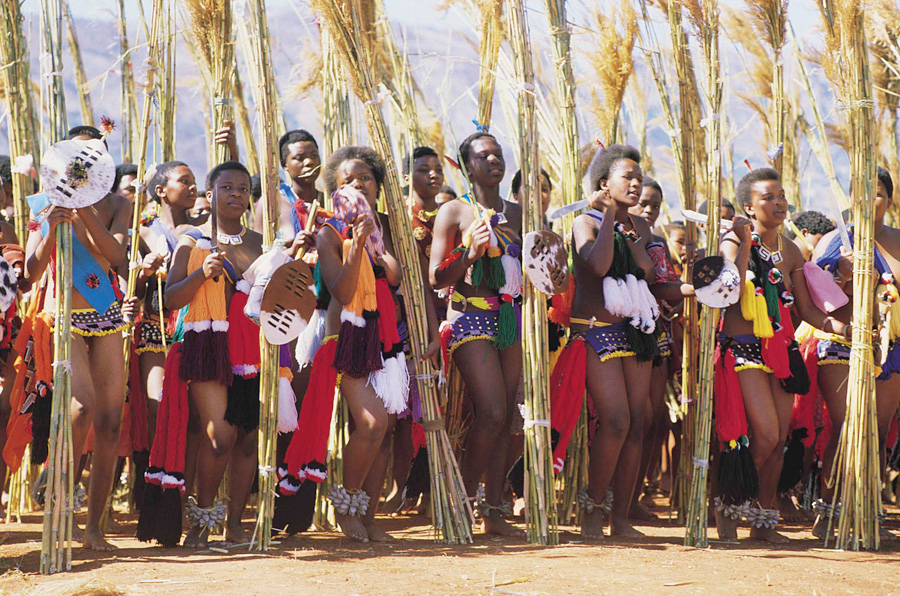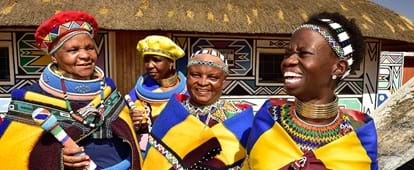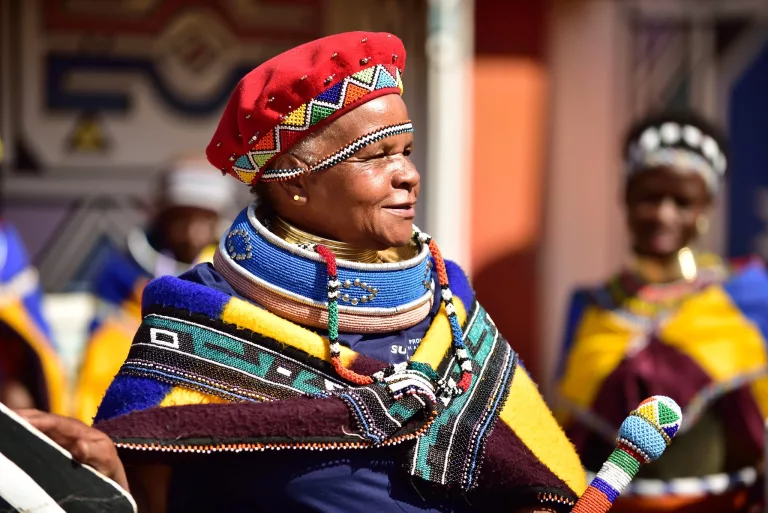The 10-Minute Rule for South African Culture Today
The Ultimate Guide To South African Culture Today
Table of ContentsThe 3-Minute Rule for South African Culture TodayHow South African Culture Today can Save You Time, Stress, and Money.The Of South African Culture TodayExcitement About South African Culture TodaySome Known Details About South African Culture Today An Unbiased View of South African Culture Today
This follows with vocal singing and drum beating. The couple after that meet the elders and chat about the value of their union. An issue of importance in Zambian towns is the diing of loved ones. All participants of the town put cash, effort and time with each other for the funeral of the deceased.Throughout the mourning period; guys remain outside the house and the ladies stay inside the residence of the deceased. After discussing the departed, the village strolls to the location of burial to claim their last farewells. Songs and dancing is a very crucial facet of the Zambian society. The numerous tribal units have their own dance forms; nevertheless, makishi prevails among all people.
The Only Guide to South African Culture Today
When it involves music, drums are made use of the most, with a variety of drumming events. In Zambia, bulk of individuals are Christian; Protestant and Roman Catholic. There are small teams of Muslims and Hindus, with the rest adhering to local indigenous tribal beliefs.

South African heritage and society is greatly diverse, and includes numerous different groups of individuals that each have their very own customs and beliefs. Having such a variety of individuals and societies is what makes South Africa so unique. In the true feeling of the phrase, we are a rainbow nation.
South Africa has roughly three hundred thousand Portuguese people staying in it. Making it the 7th on the checklist of nations with the most Portuguese people in it outside of Portugal. Portuguese is not only a culture, but it is also a language and a nationality. Portuguese people stem from the nation of Portugal in Europe, however, as a result of Portugal (like many various other countries in Europe) discovering the globe and dominating various other countries during the 15th 20th centuries, South Africa has what we call Portuguese South African's living in it.
All About South African Culture Today
Among the noticeable functions of the topography is a plateau that covers virtually two thirds of the facility of the nation. The plateau facility rises towards the southeast, where it culminates in the Drakensberg range, component of an escarpment that separates the plateau from the seaside areas. The Drakensburg consists of Champagne Castle, the highest possible optimal in the country.
The area north of the Witwatersrand, called the bushveld, inclines downward from east to west toward the Limpopo River, which creates the international boundary. The western area of the plateau, the middleveld, likewise comes down towards the west and varies in altitude between the highveld and bushveld. Between the Drakensburg and the eastern and southerly shoreline, the land comes down to the sea.
Nearer the shore there is a low-lying level called the eastern lowveld. Southwest of the plateau the nation ends up being progressively more arid, paving the way to the stony desert of the Great Karroo, surrounded on the east by the you can try this out lower, better sprinkled plateau of the Little Karroo. Dividing the dry southerly inside from the sandy coastal of the southern coastline and West Cape is another variety, the Langeberg.
Our South African Culture Today PDFs
The country's racially, ethnically, and politically divided background has actually generated nationwide and subnational icons that still operate as signs of the nation, and others icons that are approved just by particular teams. The monuments to white settler conquest and political dominance, such as the Afrikaner Voortrekker ("pioneer") Monument in Pretoria and the Rhodes Monolith honoring the British colonial realm building contractor and Cape head of state Cecil Rhodes, stay sectarian symbols.
The first contemporary occupants were the San ("bushman") hunter-gatherers and the Khoi ("Hottentot") peoples, who rounded up livestock (South African culture today). The San may have been present for thousands of years and left proof of their visibility in countless ancient cave paints ("rock art"). Bantu-speaking clans that were the forefathers of the Nguni (today's amaZulu, amaXhosa, amaSwazi, and vaTsonga peoples) and Tswana-Sotho language groups (today's Batswana and Southern and Northern Basotho) migrated down from eastern Africa as early as the fifteenth century

Both previous republics of the Orange Free State and Transvaal (South African Republic) were developed by Afrikaner settlers Website that beat and dispossessed the Basotho and Batswana. Lesotho would have been forcibly included into the Orange Free State without the extension of British security in 1869. The ultimate unification of the nation resulted from the South African Battle (18991902) in between the British and the 2 Afrikaner republics, which minimized the nation to ruin at the beginning of the twentieth century.
Afrikaners traditionally considered themselves the just true South Africans and, while approving complete citizenship to all residents of European descent, rejected that standing to individuals of color up until the autonomous change of 1994. British South Africans maintain a sense of cultural and social connection to Great Britain without damaging their identification as South Africans.
Top Guidelines Of South African Culture Today
The variety and fragmentation within ethnic groupings and the equilibrium of stress in between those teams throughout the twentieth century stopped interethnic civil dispute. While intergroup tensions over resources, privileges, and political dominance remain, those problems are as most likely to pit Zulu against Zulu as Zulu versus Xhosa or African versus Afrikaner.
From colonial India, British sellers and managers brought the rounded metal ornamental roofing systems and slender shoelace job columns that still exemplify the verandas of cottages arounds and cities throughout the country. Holy places contribute a vital building element even in the tiniest communities. In addition to the soaring steeples and timeless stonework of Afrikaans Dutch Reformed churches, Anglican churches, synagogues, mosques, and Hindu temples offer variety to the spiritual architectural scene.

Slaughtering and the brewing of typical grain beer are vital in safeguarding the involvement and a good reputation of the ancestors who are taken into consideration the guardians of good ton of money, success, and well-being. Indian neighborhoods keep their native culinary customs and use them on Islamic and Hindu ritual and ceremonial events. Afrikaners and Coloured individuals gather at weekends and special events at multifamily barbecues called braais, where neighborhood bonds are reinforced.
Because this was the main financial venture of both black Africans and white homesteaders, problem read what he said between those groups fixated the property of grazing land and animals. In 1867, the biggest ruby down payments worldwide were found at Kimberley in the west central area. The wide range from those fields helped fund the exploitation of the best gold coral reef on the planet, which was discovered on the Witwatersrand in 1886.
South African Culture Today for Beginners
This brought about misunderstandings and purposeful misrepresentation in the ventures of white inhabitants and government officials with African principals throughout the early american duration (South African culture today). In the facility of African reserves, some facets of common and chiefly "tribal trust" land period were preserved, and even in white backwoods, kinds of public period were still exercised in locations with African neighborhoods
After the democratic improvement of 1994, programs for land restitution, redistribution, and reform were instituted, but development has actually been sluggish. The white minority still regulates eighty percent of the land. In the wake of farming land invasions in Zimbabwe, the Division of Land Affairs has actually promised to speed land redistribution.